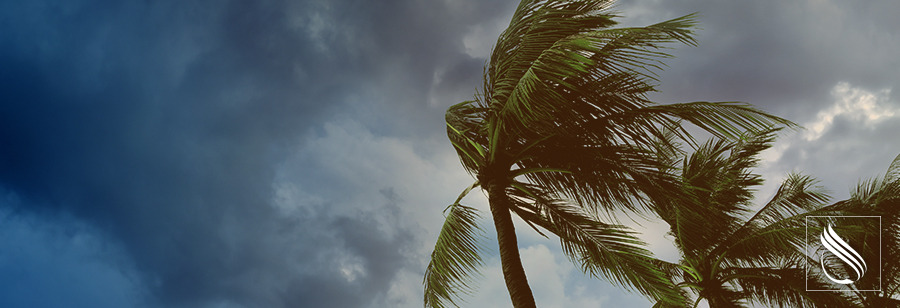Emergencies, accidents, and natural disasters can occur at any time and in any part of the world. Some of these incidents happen more than others. While we cannot control the weather, there are many things we can do to minimize losses or stop preventable incidents altogether. Adventist Risk Management, Inc. (ARM) analyzed the record of losses over the past six years and discovered these top ten perils.
Top 10 Causes of Claims as Recorded by ARM*
Currently, at the time this article was written, ARM has determined these risks to be among the highest recorded losses:- Fire
- Hail
- Wind
- Water
- Frozen Pipes
- Ice/Snow
- Tornado
- Flood
- Lightning
- Burglary

Many of these hazards could occur anywhere in the world, while others may be specific to colder or warmer climates. ARM wants every ministry to be prepared if any of these arise. Here are a few ways you can better protect your ministry from these all-too-common emergencies.
Conduct Regular Drills
Preparing for many of these incidents can be done through the practice of regular drills. Review the events calendar for your ministry and schedule several dates for emergency drills, including fire and tornado. If necessary, update your emergency plan to include these types of emergencies. Assess with your ministry leaders what should take place both during the drill and the real incident.Use ARM’s Fire Drill Guide to help you get started on conducting a fire drill with your ministry.
Inspect and Reinforce Facilities
Knowing what to do in an emergency is vital to the safety of each person in your ministry. But it is also essential to prepare your facilities to either withstand damages or minimize them. For many of the hazards listed in the top ten, sturdy windows, doors, and structures are crucial to ensuring that your facilities will remain strong if you are forced to shelter in place.Use ARM’s “Severe Storm Preparation and Safety” info sheet to make sure your building is ready for the storms, winds, and rains that may come your way. You can also follow the steps in the Tornado Safety article and Flood Preparedness infographic to protect your facilities. Does your ministry experience colder climates? Make sure you are winterizing your facilities to keep both members and buildings warm and safe. Use ARM’s Winterizing guide for steps on how to achieve this.
Some threats come in the form of burglars rather than natural disasters or weather-related losses. There are many ways you can secure your building to minimize theft from occurring, including the use of parking lot lighting, security cameras, and changing locks. Use ARM’s Crime Prevention guide for more steps to follow on protecting your facilities. You can also share the ARM Building Security guide with your ministry leaders as a checklist to follow when locking up facilities at the end of a program or event.
Know What to Do After
Even with every prevention tactic in place, some incidents are simply unavoidable and unpredictable. And while we cannot stop them, we can be prepared and know what to do afterward to stay safe. In the case of any natural disaster, always wait for the all-clear from local emergency personnel before moving from your safe location—whether that is your shelter-in-place area or your evacuation meeting place. If there is a build-up of water, snow, or debris, be aware that you may not be able to see potential dangers in the build-up and you may not know how deep the build-up is either. Your number one priority should be to keep yourself and your ministry members safe.ARM Cares
As the official insurance and risk management company for the Seventh-day Adventist Church and Adventist ministries around the world, ARM wants you to have all the tools and resources needed to stay safe and minimize any loss. ARM’s mission is to protect the ministries of the world Church through insurance products and innovative risk management solutions. Our ministry is to protect your ministry.Get more safety resources from ARM by subscribing here.


